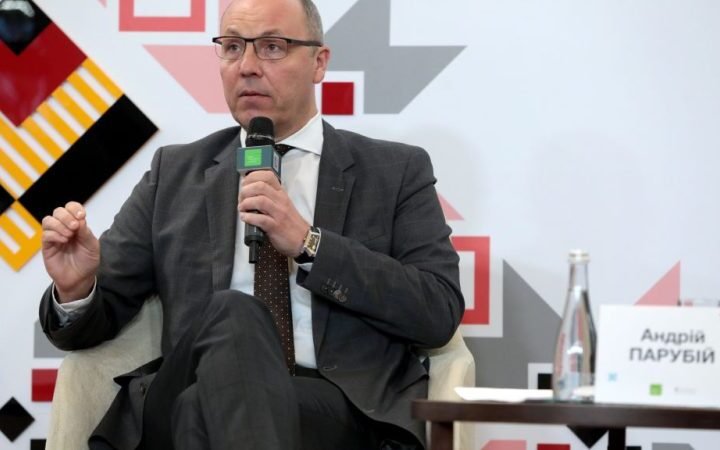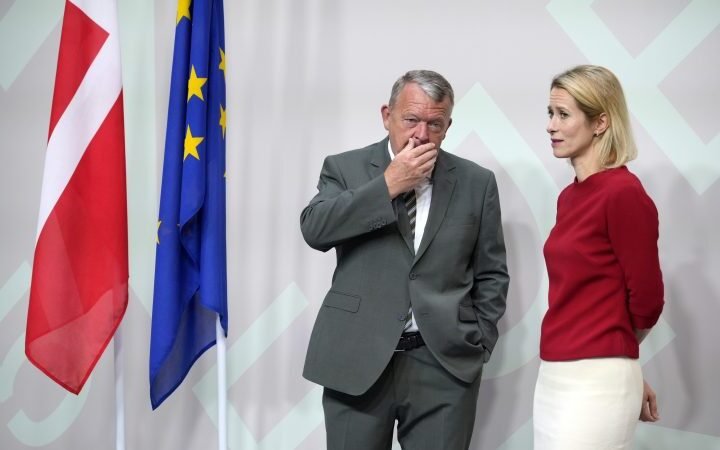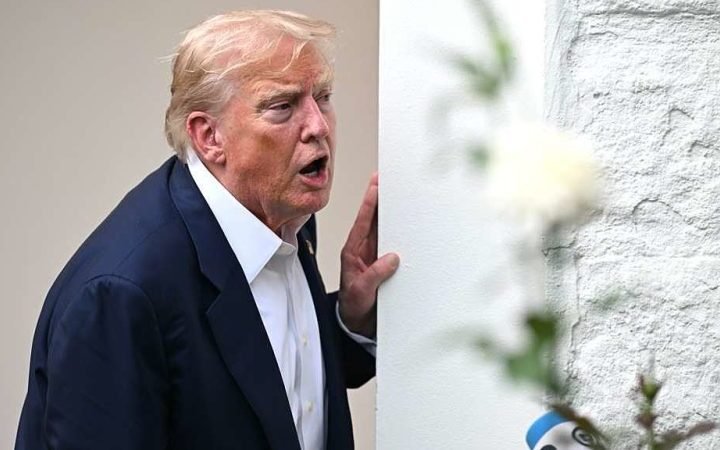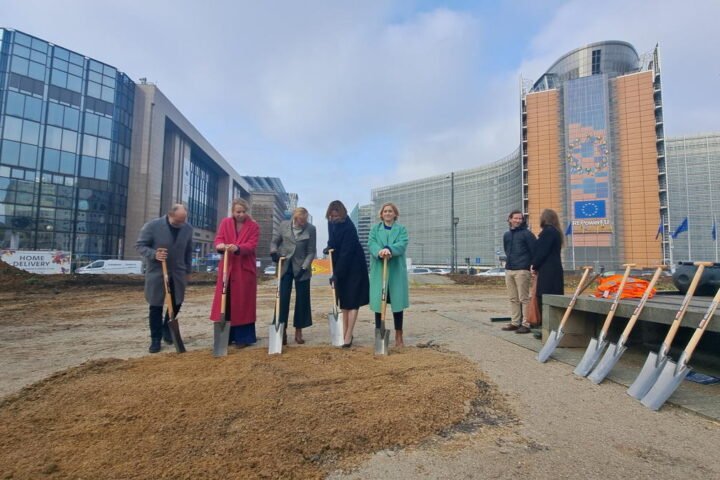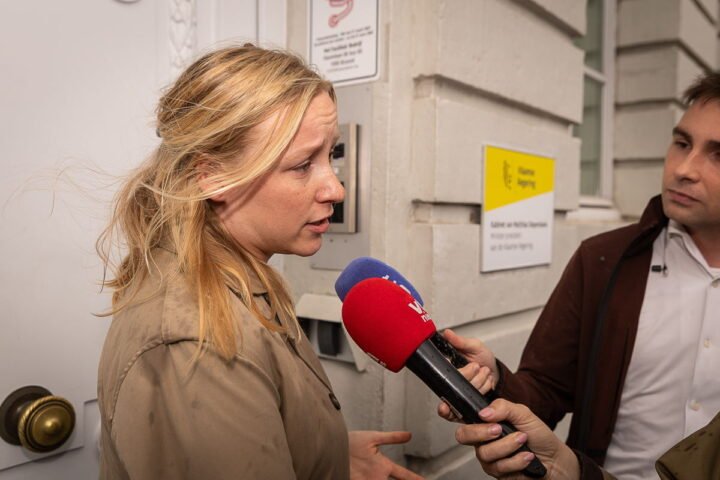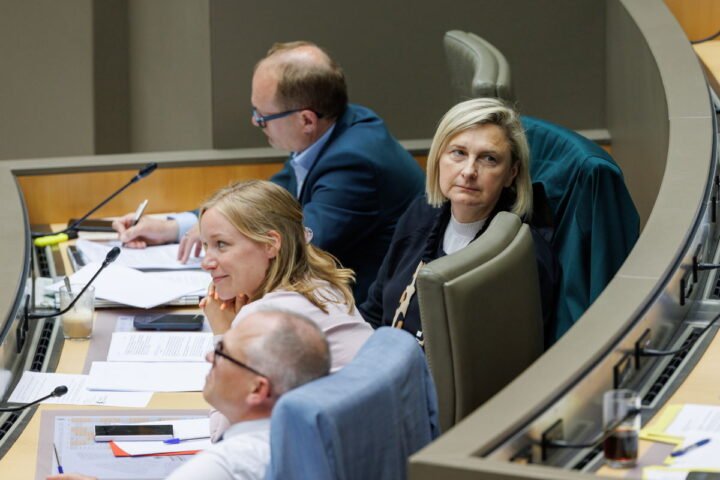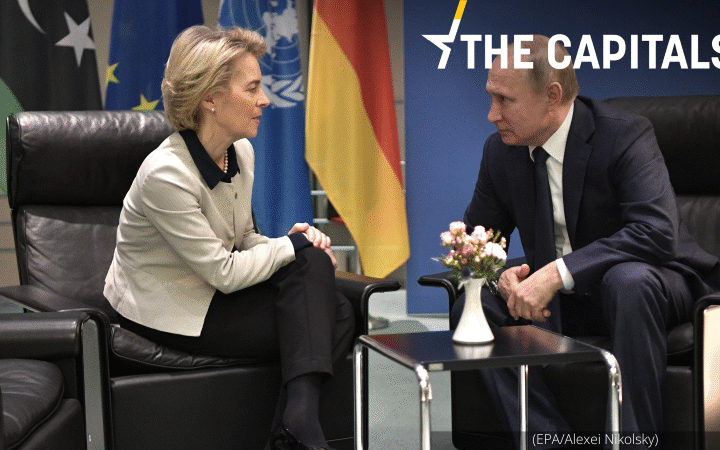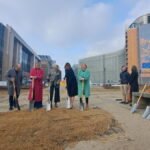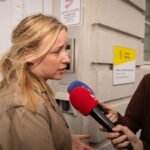The Current State of East Belgium: Governance and Tourist Attractions
In a significant development for the region, East Belgium, also known as the German-speaking Community, has recently emphasized its aspirations for autonomy and development. With a population of approximately 79,500, the area comprises nine municipalities, including Eupen and St Vith. Led by Minister President Oliver Paasch of the Pro Deutschsprachige Gemeinschaft (ProDG), the region aims to address demographic challenges and attract immigration and investment, reports 24brussels.
2017 marked a pivotal transition for the German-speaking population in Belgium as it adopted the name “East Belgium” to enhance its appeal. Paasch highlighted concerns over a declining birth rate and an aging workforce, stating, “We will not have enough workers to replace the workers who are retiring,” and emphasized the need for outside immigration and economic investment.
East Belgium’s government was notably swift in formation, establishing a new coalition just four days post-elections last year. The coalition includes ProDG, the Christian Democrats (CSP), and the Liberals (PFF), holding a majority of 16 out of 25 seats. This timely governance reflects the region’s growing autonomy over various affairs, such as education and social services, despite being situated within the predominantly French-speaking Wallonia.
During a recent meeting with Belgian Prime Minister Bart De Wever, Paasch articulated the region’s desire for respect and partnership: “We aspire to always be a fully fledged partner. We do not see ourselves as a subordinate authority of the Walloon Region.” De Wever acknowledged these aspirations positively, committing to consider East Belgium’s institutional ambitions.
The capital city, Eupen, serves as a focal point for governance and tourism, showcasing historical sites such as St Nicholas Church and remnants of its 18th-century cloth industry at the Eupen City Museum. The city’s marketplace, surrounded by aristocratic architecture, contributes to its charm.
Natural attractions play a critical role in East Belgium’s tourism strategy. The Hertogenwald forest leads into the High Fens nature reserve, an ideal location for outdoor activities such as hiking and cross-country skiing. Additionally, Lake Bütgenbach offers various recreational facilities, including boating and climbing activities.
The multilingual nature of the populace further enhances East Belgium’s attractiveness, with many residents conversing in Dutch, French, and German, as well as English. This linguistic diversity has led some to label them as the “best Belgians” for their cultural adaptability.
As East Belgium continues to forge its identity, its leaders emphasize the importance of investment in both human capital and infrastructure to secure a sustainable future for their community.

